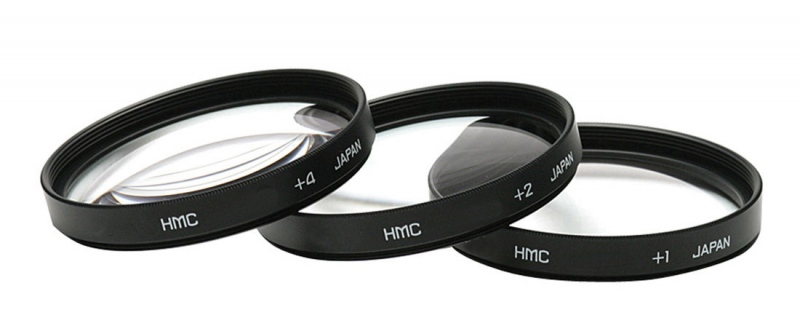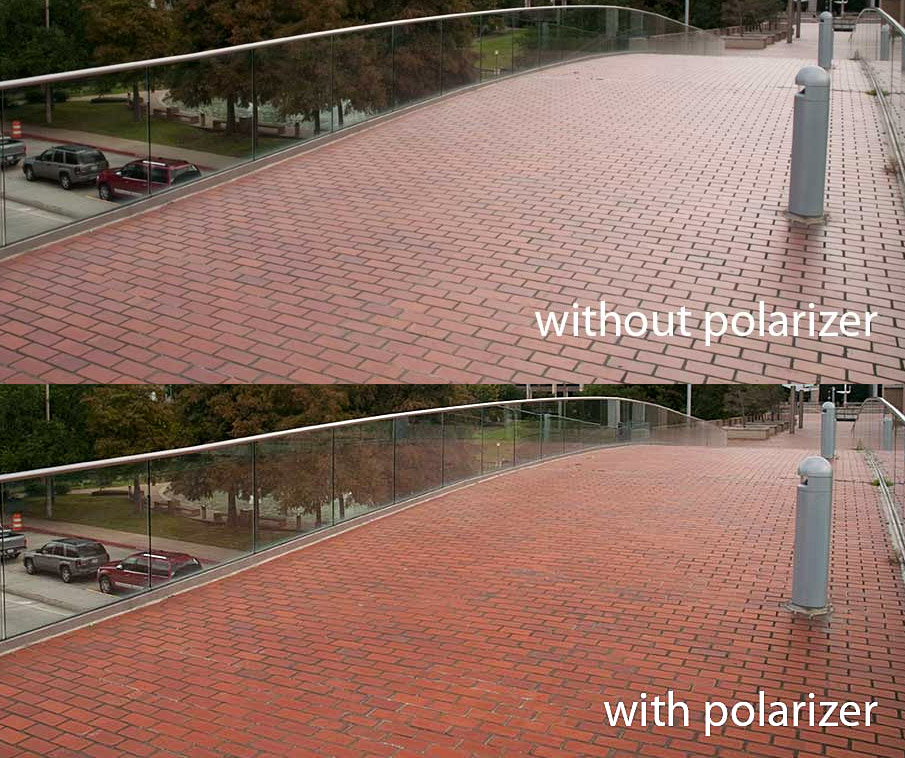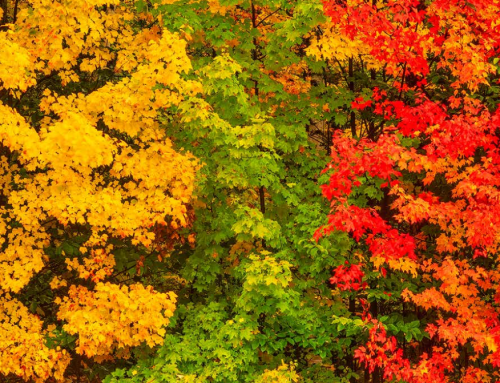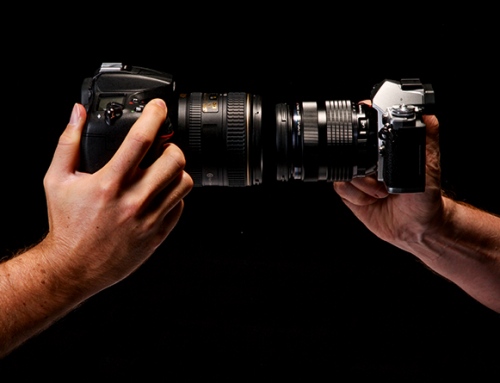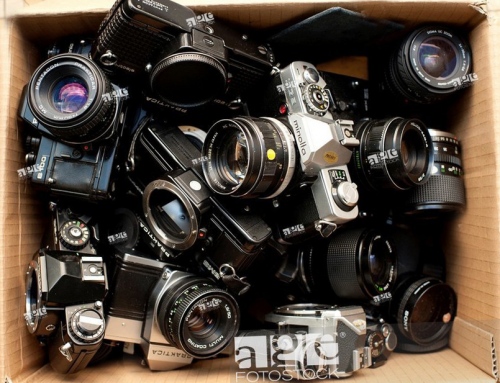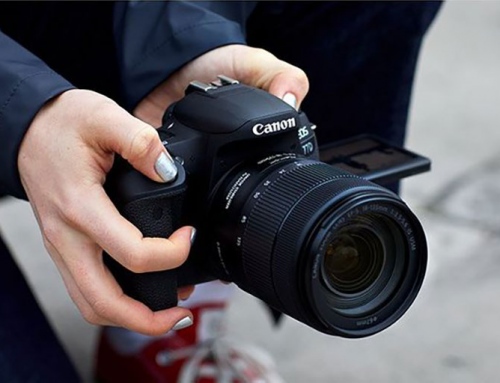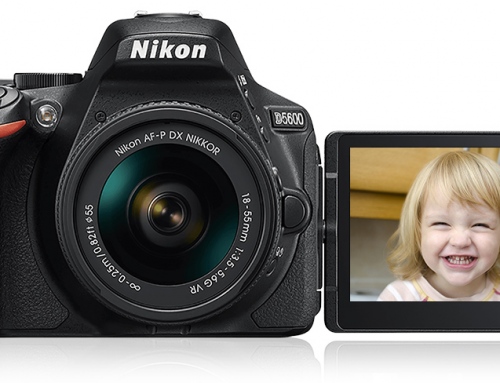In taking photographs, one thing that is constant but still needs to be controlled is light. One of the photography tips to control light is the use of camera filters. Here in this article, we will be tackling about the different types of camera filters and how to properly use them.
ND filters
ND stands for “Neutral Density” and its main use is to control the light coming on the camera. The ND filter actually reduces the amount of light thus allowing you to increase your exposure time without making your image look exposed. This is one of the essential photo filters in landscape photography where a “milky” white running water would add creative effect on the image, and an ND filter allows you to do that.
Graduated filters
This filter actually has two types – one is neutral and the other one is colored. Graduated Neutral Density filters are used mainly on landscapes, wherein you would want to control the light of the background against the foreground. As an example, in capturing a sunset image, it is almost always a difficult scene to capture as the background (usually the setting sun and the sky) has more light against its foreground. An ND grad will help you minimize that light gap, thus producing equal exposure. On the other hand, a colored grad filter has the same function a an ND grad filter which is to control light gaps. The main difference is that a colored grad filter camera is mainly used for controlling the white balance and even the black and white settings in order to capture the best results.
Polarizing filters
Like any other camera filters, a polarizing filter has a light controlling effect on an image. It is usually used in capturing landscapes and it adds vividness and higher contrast to it. It is best to use during the afternoon, where the sunlight is at its peak, and there are not much light gap between the foreground and the background. A polarize filter will add drama to your images as it can make the sky bluer and more natural in the images. A UV filter can also be used in the afternoon, but you would still want to use a polarizing filter for a better look on your photograph.
Creative filters
Creative camera filters’s use is actually a feature that you can do on your image post editing using a software. But certain photographers would still want an in-camera filtering for doing creative images with the use of the play with colors. Creative filters can help you play around with colors. On the other hand, a star creative filter is mainly used at night in order to help create a “star effect” on fixed light sources such as light bulbs.
Camera filters are important camera accessories to maximize the potential of your image quality and content. Use the camera filters as you please but be sure to use them appropriately.
